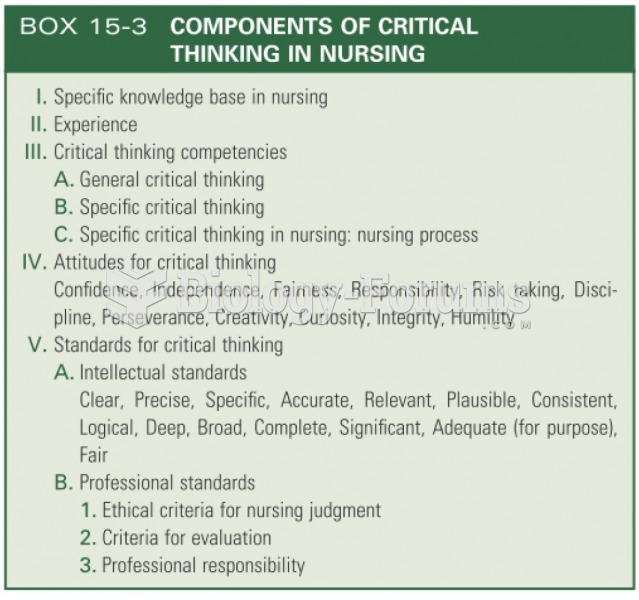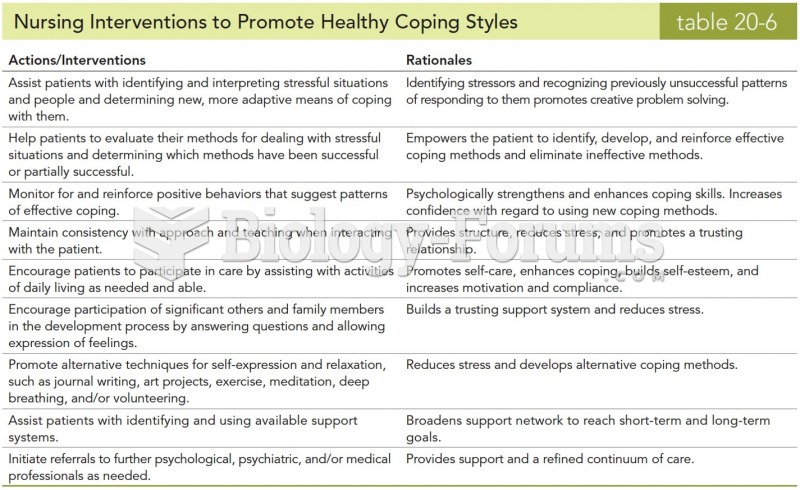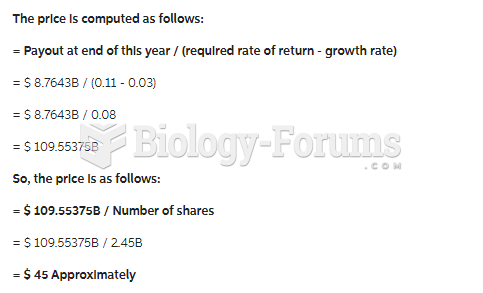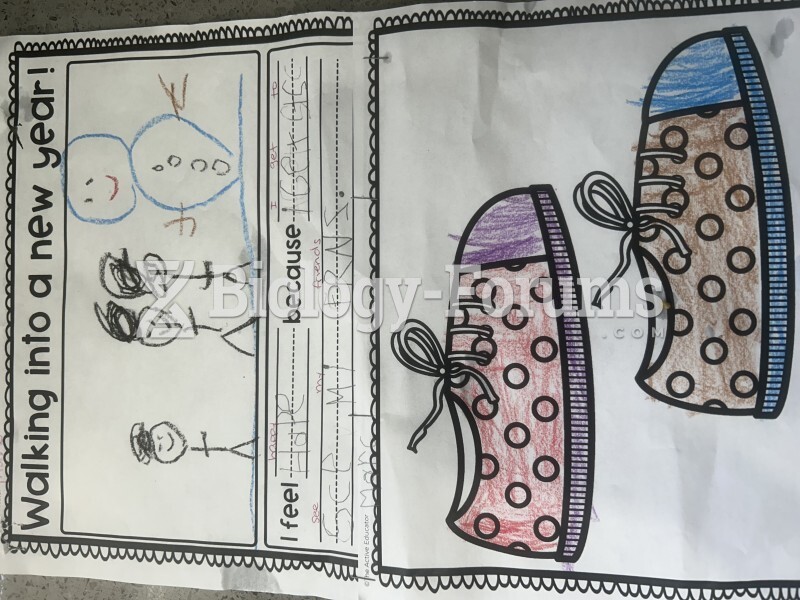Alvita is a frail 89-year-old woman residing in a nursing home. She is able to move slowly around the residence with the use of a walker, but appreciates when her daughter is there to hold her arm and walk alongside her.
When one of the health care staff changes Alvita, her daughter helps. Alvita's incontinence has progressed, particularly over the last 6 years since she has resided in the nursing home. Alvita can smile at her lack of bladder control, however, and says that her incontinence really began when she was a young woman, just after the birth of her second daughter.
Alvita's mobility is limited. How does this affect continence in the elderly?
Shortly after the birth of her second daughter, Alvita experienced mild incontinence, particularly after laughing or coughing. What was she experiencing?
Question 2
Amy is a small, but active, 8-year-old. When Amy was approaching two, her mother took her to a pediatrician because Amy was failing to thrive.
She was small for her age and got tired easily. She was having difficulty with her meals, often developing colicky pain, abdominal distension, and diarrhea after eating. After a series of tests, Amy was diagnosed with celiac disease, a condition involving an abnormal immune response in the small intestine to foods containing the protein gluten. Her mother reminds Amy that in order for her to grow healthy and strong, it is important for her to eat her special food that is made at home, or has the words gluten free on the package.
What anatomical features of the small intestine lend it to the digestion and absorption of fats, carbohydrates, and proteins?
Sometimes individuals with celiac disease experience steatorrhea (fatty stools) after eating foods containing gluten. What are the chemical components that normally digest fats in the small intestine, and how are the fats absorbed?
Celiac disease involves an inflammatory response in the small intestine. How do inflammatory conditions affect small intestine motility?







